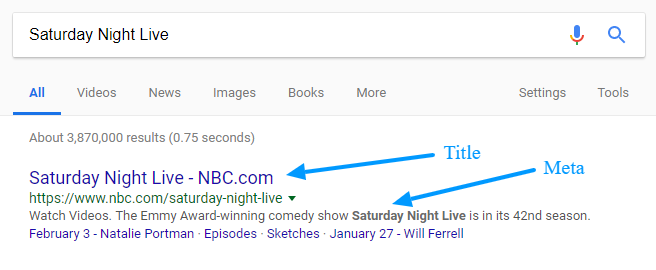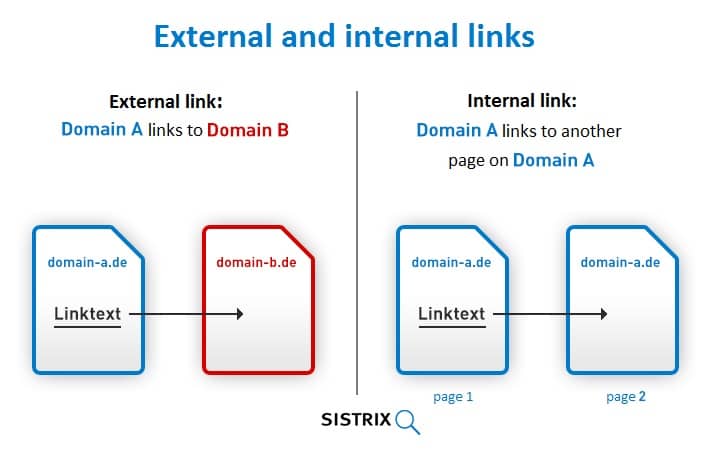SEO has evolved considerably over the years. Long gone are the days when publishing high-volume, low-quality content would get your website to rank higher on SERPs.
Nowadays, great SEO is a unique blend of research, creativity, and content creation that requires various tools and techniques to utilize it to its fullest. Digital marketers and content writers need to be aware of factors that affect search engine rankings while prioritizing user intent.
Publishing high-quality content that follows Google’s algorithms and appeals to website visitors and readers is essential. The more high-quality and digestible content you produce for your website, the higher your ranking on search engine results, with a welcome increase in your website’s organic traffic.
In the end, SEO is all about writing content better than your competition. And this isn’t rocket science that only a handful of skilled people are aware of. It is a skill that can be polished with some practice and dedication. And a few great tips and tricks to make the job easier, of course!

So, without further delay, let’s jump straight in.
Focus on Writing for your Target Audience
This content writing tip is on the top for one simple reason: user intent. Yet, many companies still write SEO content for all the wrong reasons!
It’s a straightforward correlation. People come on the internet to look for answers to a particular query. That query can vary from options for a black party dress to finding out why they should not invest in bitcoins.
If your content does not provide a meaningful answer to a user’s search intent, is it even of any value? No!
Hence, rule number one is to write content that caters to your target audience’s interests and answers questions they’re seeking answers to in your niche. Don’t publish the content solely about specific services or products you’re offering.
Instead, be informative from a holistic point of view. Utilizing marketing shortcuts will only get you so far in the race for lead generation and conversions.
However, incorporating SEO-friendly content in your overall marketing strategy will get you better rankings and better sales in the long run. So, be informative, and exciting, and excel within your niche.
Utilize the Right Keywords
Keywords define the user intent. If you’re not producing content with keywords your target audience uses to search on the internet, you’re not producing the right content!
Keyword research helps you determine trending searches and identifies search volume and the difficulty of ranking for a specific keyword. Again, keyword research isn’t too challenging, and several marketing tools can walk you through this process with ease.
The content you create should use LSI (latent semantic indexing), which are variations of your primary keyword words, and contain a unique primary keyword target. Ok, that does sound a bit overwhelming, but don’t worry! Let’s simplify it.
Before you begin writing content for SEO, brainstorm a few topics you know your customers want to read or are seeking information about. After doing so, conduct keyword research that will help you identify ranking opportunities.
For example, blog posts should target low-competition, low-mid-volume long-tail keywords, while pillar pages should go after high-volume, high-competition short-tail keywords. Keep in mind that blog posts are less challenging to rank for and have high conversion rates because of low competition, and long-tail keywords.
When you target low-competition long-tail keywords, you engage in the bottom-of-funnel marketing strategy, which means that you are reaching out to a narrow but highly qualified audience to persuade them to buy a product or service.
According to Grow and Convert, ‘Businesses should focus on bottom-of-funnel first because despite often having lower search volume, these terms have much higher purchase intent, and therefore higher conversion rates, which typically results in much higher conversion volume.’
By knowing which keywords haul in customers, you can ascertain that your content for SEO will not be put to waste.
Incorporate Catchy Titles

Titles have a massive impact on user-friendliness and SEO. Catchy titles grab the reader’s attention and help them understand the value your content provides to them. Consider using some strategies to optimize titles so that your content ranks higher on SERPs. These include:
- placing target keywords at the start of your title,
- keeping the title length to no more than sixty characters,
- and ensuring that it describes your post’s content as accurately as possible.
To increase engagement and click-through rate, use modifiers such as amazing, how-to, customer value, funny, and anything you deem appropriate. The point is; that the title needs to pinch an internet surfer’s curiosity to the point they consider reading your content.
Also, it makes perfect sense to create heading tags that are dissimilar from each other. Using similar heading tags will mislead search engines and users to think you are presenting similar information multiple times.
Write Small Paragraphs
Smaller paragraphs are easier to read through as opposed to a BIG WALL of endless text!
Now we’re not telling you to hit the enter key after every thirty to forty words, but keep them short enough to maintain a logical flow of thought.
It will make your content more comfortable for the reader to absorb. The perfect SEO practice is to stick to writing paragraphs that contain no more than five lines or sixty to eighty words, like this one!
Consider using varying formatting options such as highlighting text, adding bullet points, or using different fonts. It adds flair and makes it appear less dull and boring to the eye.
Making your content readable, easy to scan, and quick to comprehend can help improve your SEO. Both readers and search engine bots can easily identify and analyze your content because of helpful signals like subheadings.
Aside from boosting search engine ranking, writing small paragraphs can also help improve audience experience, making them come back for more content.
Include Images Wherever you Can
A picture says a thousand words. And this is correct when it comes to creating engaging content. Including images is the best way to improve the reader’s experience and let them know what you are about in your content.
Google images can’t read text from images, but they can analyze the image’s content and define its relevance in search engine results. It would be best to give your photos proper captions, descriptive titles, filenames, and ALT text (alternative text).
ALT text will always remain invisible to readers, but search engines, such as Google, and Bing utilize it to determine the image’s subject matter better.
If an image does not load or open on the viewer’s device, they will see an ALT text in its place. Try to write useful content and incorporate keywords and ALT text naturally.
An example of an image's ALT text is: <img src="seo-content-tips.jpg" alt="how to write content for SEO"/>.
Aside from images, you can incorporate other visuals in your content. Examples include videos, infographics, graphs, tables, icons, and call-to-action buttons. If you have a product-focused website, you may also include a product catalog or brochure. These visuals can be optimized by adding relevant keywords to their titles and descriptions.
Engaging your audience with various forms of visuals is an effective way to diversify content, thereby making it more appealing to consumers.
Include Relevant Links in your Content
Links can be annoying, but they’re pretty useful for creating great SEO-friendly content. Don’t shy away from adding external or internal links to your content. These links allow your readers to explore the topic you are writing about in more depth.
Linking to external sources such as websites with a higher domain authority will improve content relevance, user experience, and online trustworthiness. Internal links will help make your website SEO-friendly, reduce bounce rate, and boost your website’s ranking.

Also, don’t forget to incorporate descriptive anchor texts to these links, which will allow readers to understand what they are about to read a lot better.
As far as the number of links goes, nobody knows the exact amount. Just ensure they are informative, lead to content relevant to yours, and don’t stick out like a sore thumb. A link placed on keywords unnaturally is the WORST!
Avoid Passive Voice Sentences and Use First and Second Person
The worst thing to do while writing content is to use passive voice. It makes your writing and content look weak and unnatural. If you’re writing content for SEO for the first time, you will most likely fumble and be guilty of this mistake. Especially if you are writing about a topic on which you have no prior knowledge.
Instead of winging it and hoping you are using active voice, you can always rely on digital tools to help you out. These tools help identify passive voice sentences in your content and provide you with suggestions to correct them.
Also, using the first or second person is best for all content types, including articles, blogs, or B2B writing, as it allows you to directly address your readers to get the point across more effectively.
Please excuse us if you think we’re guilty of using passive voice in this article!
Conclusion on How to Write Great Content For SEO
It is an articulate and fluent writer who always helps when writing great content. However, it would be best to focus on the extra bits to make it better for SEO.
Don’t worry if you’re having trouble as a first-timer. Practice makes perfect, and some smart SEO tools help make the job easier.
However, always focus on writing small amounts of high-quality content instead of a trashcan’s worth of subpar content. It will merely tarnish your online reputation.
Better content gets you better rankings on SERPs, more website traffic, and sales in the long run. After all, content is KING!